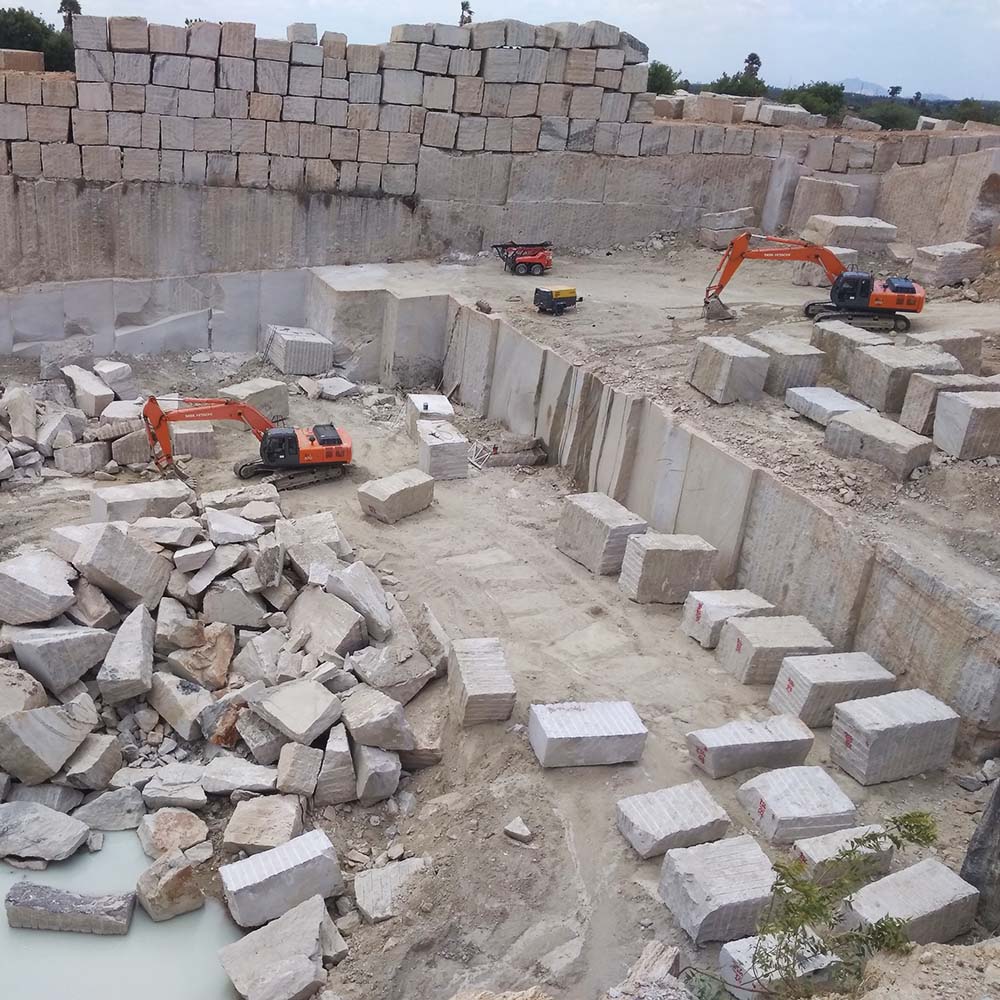Exploring Granite Quarries in South Africa Industry: From Quarry to Work of art
Revealing the Mysteries of Granite Quarrying: Where Stamina and Style Meet
The world of granite quarrying is a realm where the raw stamina of nature merges with human virtuosity to create structures that stand the test of time with an air of sophistication. From the midsts of quarries to the meticulous polishing in workshops, the process of transforming granite right into building wonders is an intricate dancing of tradition and development. As we peer into the depths of this old craft, we begin to uncover the hidden ins and outs that shape the very essence of our developed atmosphere.
The Beginnings of Granite Quarrying
In the record of building history, the beginnings of granite quarrying are shrouded in a tapestry of ancient craftsmanship and geological marvels. Going back to ancient Egypt and Mesopotamia, the removal of granite from quarries noted the start of a trip that would ultimately cause the production of several of the globe's most famous frameworks.
Granite quarrying's origins can be traced to the proficient craftsmens that acknowledged the stone's sturdiness and aesthetic charm. Through a combination of primitive devices and large resolution, these early quarry workers unearthed granite blocks that would come to be the foundation of people.
As people developed, so did the techniques of quarrying granite. The Romans, renowned for their engineering expertise, established sophisticated methods for extracting granite to create monoliths, temples, and roadways that stood the examination of time.
The tradition of these ancient quarrying methods proceeds to form modern architecture, with granite continuing to be a sign of strength and elegance in building and construction jobs around the globe. (granite quarries in south africa)
Devices of the Quarrying Trade
The evolution of granite quarrying strategies from old civilizations to modern-day times highlights the important function played by the devices of the quarrying sell shaping the market's practices. In old times, quarrying tools were rudimentary, commonly consisting of knives, hammers, and wedges made from materials like bronze or iron. These devices needed significant workforce and time to essence granite blocks from quarries.

In addition, the intro of pneumatically-driven devices and high-powered equipment has actually substantially minimized the physical labor needed in quarrying operations, improving worker safety and productivity. As the quarrying sector proceeds to introduce, the tools of the trade remain at the center of driving progression and forming the future of granite extraction.
Drawing Out Blocks of Granite
Using accuracy machinery and progressed methods, the extraction of granite obstructs from quarries has come to be an advanced procedure in the contemporary quarrying sector. Managed blowing up strategies are after that employed to damage apart the granite right into workable areas.

Polishing and Ending Up Methods
To attain a perfect surface area on granite blocks, experienced craftsmens use a series of careful sprucing up and finishing methods. After the first extraction and shaping procedures, the granite obstructs undergo a complete sprucing up phase to improve their all-natural beauty and sturdiness.
In addition to polishing, finishing techniques are applied to more improve the granite's look. By very carefully choosing and applying these polishing and finishing strategies, craftsmens can change raw granite blocks into exquisite items that display both stamina and beauty.

Ecological Effect and Sustainability
With the growing emphasis on environmental awareness in the sector, granite quarrying practices are increasingly inspected for their effect on all-natural sources and lasting sustainability. Additionally, the transportation of granite from quarries to processing facilities produces carbon discharges, additionally adding to ecological destruction.
To mitigate official statement these impacts and guarantee sustainability in granite quarrying, market stakeholders are embracing different procedures. Applying innovative modern technologies to reduce power consumption and water use, redeeming quarried land for ecological restoration, and promoting liable sourcing techniques are some strategies being used. Accreditations such as the Forest Stewardship Council (FSC) and the Leadership in Power and Environmental Layout more (LEED) assistance consumers identify environmentally pleasant granite items.
Conclusion
To conclude, granite quarrying is a process that calls for specialized devices and techniques to remove blocks of granite and polish them to a high degree of surface. While the environmental effect of quarrying can be significant, initiatives are being made to improve sustainability techniques in the industry. On the whole, granite quarrying is a delicate equilibrium between using the stamina and elegance of this all-natural rock while reducing its influence on the atmosphere.